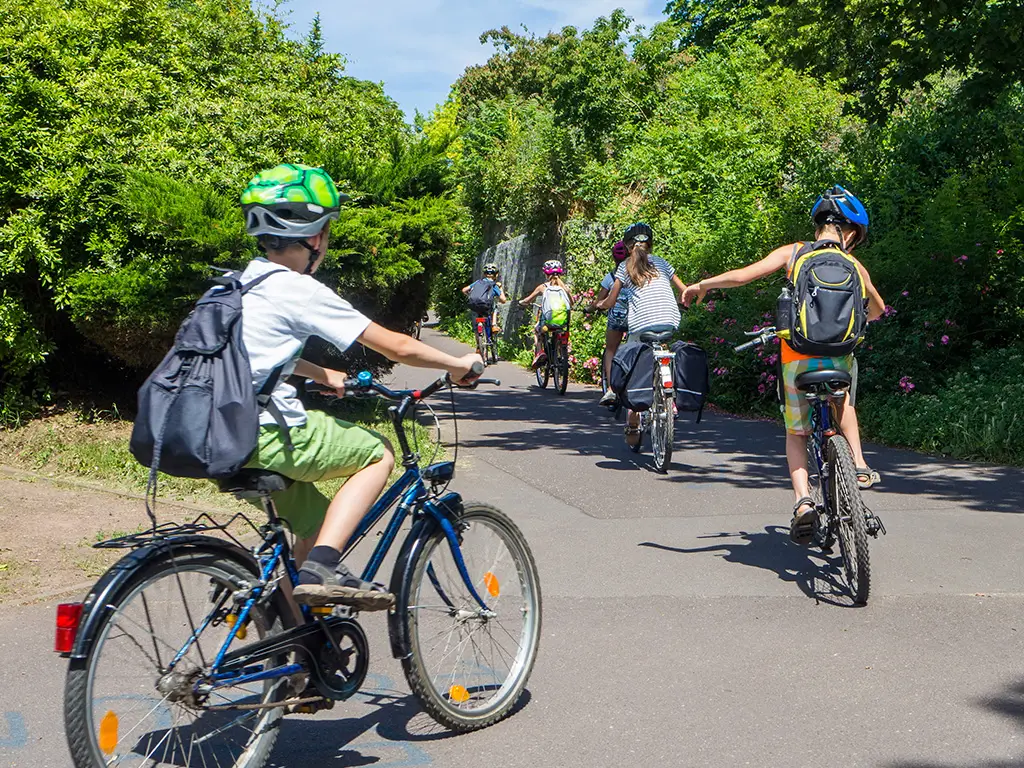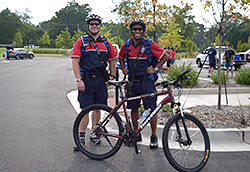This May Bike Month, Remember – Safety First, then Fun!
In cities across the country, the “bike bus” movement is gaining momentum, offering a fun, eco-friendly, and community-driven way for kids and adults to commute safely. A bike bus is a group of cyclists—often students and their guardians—who ride together along a predetermined route, picking up riders like a traditional school bus would. It’s a great way to promote physical activity, reduce traffic congestion, and build camaraderie among riders. But as firefighters and first responders know, safety should always come first.
Firefighters are no strangers to the importance of fitness. Cycling to school or work offers cardiovascular benefits, strengthens muscles, and improves mental health—aligning with the physical fitness required in emergency services. Regular exercise, like biking, can help lower the risk of heart disease, obesity, and diabetes, all while fostering a sense of independence and responsibility in young riders.
Firefighters and emergency responders often see the consequences of unsafe cycling firsthand. Here are key safety tips to keep every bike bus ride as safe as possible:
Firefighter bike/medics are often part of teams called “Specialty Teams”. Pictured here are two bike/medics from Gwinnet County Fire Department!
- Wear a Helmet – Head injuries are one of the most serious risks for cyclists. Helmets can reduce the risk of severe injury by up to 85%.
- Be Visible – Wear bright colors and equip bikes with lights and reflectors. Just as firefighters wear high-visibility gear to stay seen in dangerous conditions, cyclists should do the same.
- Follow the Rules of the Road – Cyclists should obey all traffic signals and ride predictably. Firefighters stress the importance of order and structure in emergencies, and the same applies to cycling safety.
- Stay Alert – Avoid distractions like headphones and be aware of road hazards. First responders rely on situational awareness to make life-saving decisions, and cyclists should adopt a similar mindset.
- Stay in Groups – Similar to how firefighters work in teams to tackle emergencies, bike buses benefit from collective visibility and protection. There’s safety in numbers!
The bike bus movement is more than just a trend—it’s a transformative way to improve health, reduce environmental impact, and create safer streets. Let’s ride together, stay visible, and keep safety at the forefront of our journey.
– Written by Gil Osmer, former Deputy Chief of Training for Gwinnett County Fire and Emergency Services

